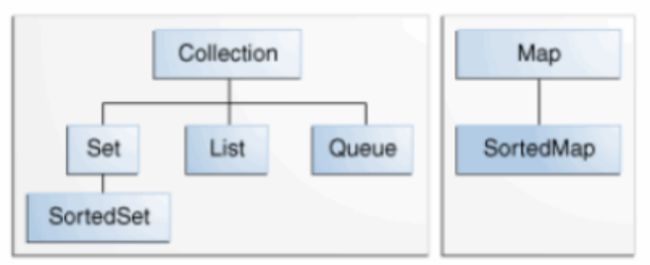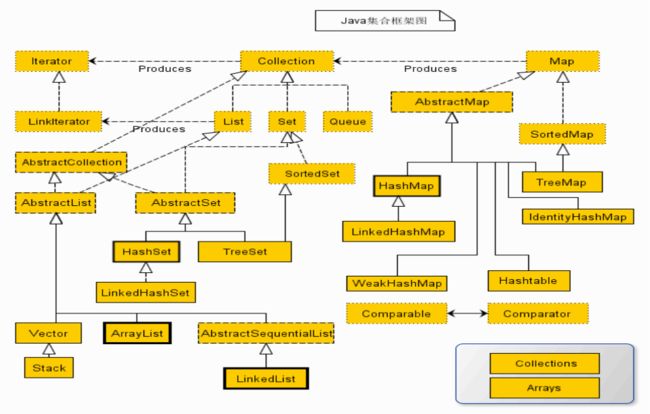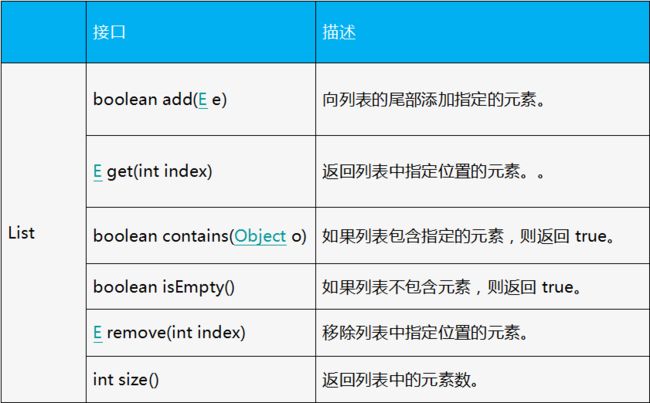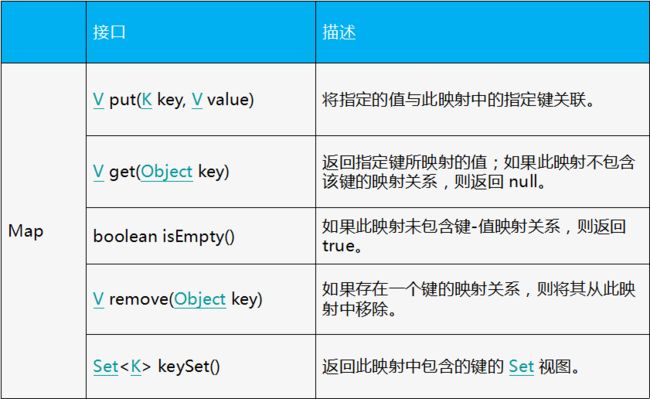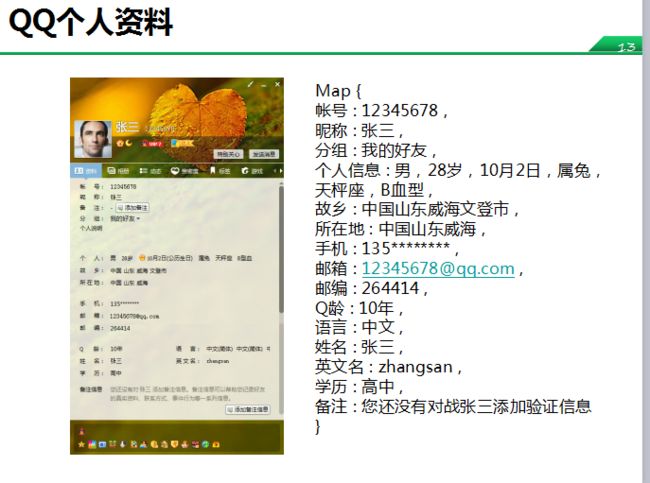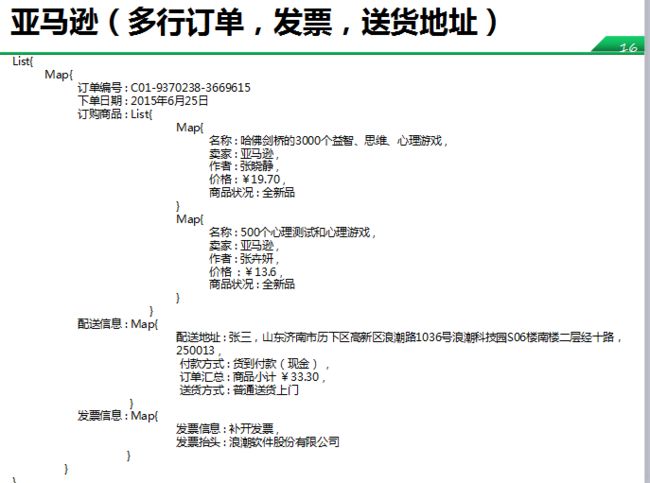JAVA集合框架
- JAVA集合可以存储和操作数目不固定的一组数据;JAVA集合只能存放引用类型的数据,不能存放基本数据类型
- 在Java 2的Collections框架中,主要包括两个接口及其扩展和实现类:Collection接口和Map接口。两者的区别在于前者存储一组对象,后者则存储一些关键字/值对。
- JAVA集合主要分为三种类型: Set(集) List(列表) Map(映射)
具体介绍
- Collection 接口 :Collection是最基本的集合接口,声明了适用于JAVA集合(只包括Set和List)的通用方法。
- List:List是有序的Collection,使用此接口能够精确的控制每个元素插入的位置。用户能够使用索引来访问List中的元素,List中的元素可以是重复的。
- Set:Set中的对象不按特定的方式排序,并且没有重复对象,支持数学中的集合操作,如:交、并。
- Map:Map 是一种把键对象和值对象映射的集合,它的每一个元素都包含一对键对象和值对象,提供按键对象查找值对象。Map没有继承于Collection接口。
List接口
集合演练
*ArrayList list=new ArrayList();
list.add("hgah");
list.add("ascx");
list.add("wewref");*/
for(int i=0;i ArrayList集合的存、取
迭代器迭代
Iterator it=list.iterator();
while(it.hasNext()){
String s=it.next();//取元素
System.out.println(s);
}
增强for遍历
for(String d:list)){
System.out.println(d);
}
删除
list.remove(2);
for(int i=0;iSet接口
Set hash=new HashSet();
hash.add("hgah");
hash.add("ascx");
hash.add("wewref");
hash.remove("hgah");
for(String s: hash){
System.out.println(s);
}
Map接口
存、取
Map map=new HashMap();
map.put("a","1");
map.put("b","2");
for(String c:map.keySet()){
System.out.println(map.get(c));
}
遍历
//第一种
for(String c:map.keySet()){
System.out.println(map.get(c));
}//增强for
//第一种变种
Iterator interatorSet=map.keySet().iterator();
while(interatorSet.hasNext()){
String str=interatorSet.next();
System.out.println(map.get(str));
}
//第二种
for(Entry entry:map.entrySet()){
System.out.println(entry.getKey()+":"+entry.getValue());
}
//第二种的变种
Iterator> iterator = map.entrySet().iterator();
while(iterator.hasNext()){
Entry entry=iterator.next();
System.out.println(entry.getKey()+":"+entry.getValue());
}
//第三种
for(String str:map.values()){
System.out.println(str);
}
案例
身份证卡片
List> list = new LinkedList>();
HashMap map1 = new HashMap();
map1.put("name","杨磊");
map1.put("sex","男");
map1.put("nation","汉");
map1.put("addr","北京韩店区");
map1.put("cardid","41142588888888888");
list.add(map1);
HashMap map2 = new HashMap();
map2.put("name","刘晓娟");
map2.put("sex","女");
map2.put("nation","汉");
map2.put("addr","驻马店朱家村");
map2.put("cardid","41142588888888888");
list.add(map2);
for(int i =0; i 分析:先把每个人身份证的信息存到Map集合中,再把装有每个人信息的Map集合存到List集合中,以达到所有人信息存储的目的
Map map = new HashMap();
map.put("账号","12345678");
map.put("昵称","张三");
map.put("分组","");
map.put("个人信息","男,28岁,10月20日,属兔,天平座,B血型");
map.put("故乡","中国山东威海文登市");
map.put("所在地","中国山东威海");
map.put("手机","135********,");
map.put("邮箱","[email protected]");
map.put("邮编","264414");
map.put("Q龄","10年");
map.put("语言","中文");
map.put("姓名","张三");
map.put("英文名","zhangsan");
map.put("学历","高中");
map.put("备注","您还没有对战张三添加验证信息");
for(String c:map.keySet()){
System.out.println(map.get(c));
}
Person person = new Person();
person.setName("chenglu");
person.setOrder_id("123123123");
Map addr = new HashMap();
addr.put("姓名", "chenglu");
addr.put("电话", "136********");
addr.put("详细地址", "北京市海淀区");
person.setAddr(addr);
List books=new LinkedList();
books.add("book1");
books.add("book2");
books.add("book3");
person.setBook(books);
System.out.println("用户名:"+person.getName());
System.out.println("电话:"+person.getOrder_id());
System.out.println(person.getAddr());
System.out.println(person.getBook());
public class Person {
private String name;
private String order_id;
private Map addr;
private List book;
